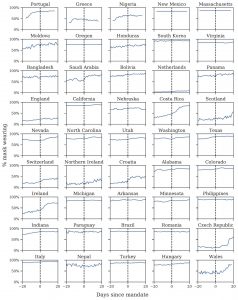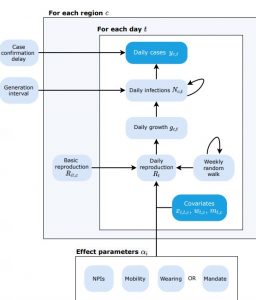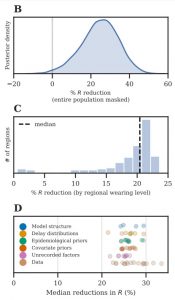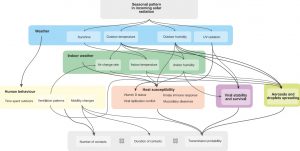This week’s blog post is written by CDT Student Grant Stevens
Widening participation involves the support of prospective students from underrepresented backgrounds to access university. The covered students include, but are not limited to, those:
- from low-income backgrounds and low socioeconomic groups
- who are the first in their generation to consider higher education
- who attend schools and colleges where performance is below the national average
- who are care experienced
- who have a disability
- from underrepresented ethnic backgrounds.
Due to my background and school, I matched the widening participation criteria for universities and was eligible for some fantastic opportunities. Without which I would not be in the position I am today.
I was able to attend a residential summer school in 2012 hosted by the University of Bristol. We were provided with many taster sessions for a wide variety of courses on offer from the university. I had such a good time that I applied the year after to attend the Sutton Trust Summer School, which was also held at Bristol uni.
A bonus of these opportunities was that those who took part were provided with a contextual offer (up to two grades below the standard entry requirement for their course), as well as a guaranteed offer (or guaranteed interview if the course required it). These types of provisions are essential to ensure fair access for those who may be disadvantaged by factors outside of their control. In my case, the reduced offer was vital as my final A-Level grades would have led to me missing out on the standard offer.
Although I enjoyed the taster sessions and loved the city, the conversations I had with the student ambassadors had the most impact on me and my aspirations for university. Hearing about their experiences and what they were working on at university was incredibly inspiring.
Due to how impactful it had been hearing from current students, I signed up to be a student ambassador myself when I arrived at Bristol. It’s a job that I have found very enjoyable and extremely rewarding. I have been very fortunate in having the opportunity to interact with so many people from many different backgrounds.
I am now entering my 7th year as a student ambassador for the widening participation and outreach team. I still really enjoy my job, and throughout this time, I have found that working on summer schools always turns out to be the highlight of my year. I’m not sure whether this is because I know first-hand the impact being a participant on these programmes can have or because over the week, you can really see the students coming out of their shells and realising that they’re more than capable of coming to a university like Bristol.
Being in this role for so long has also made me realise how much of an impact the pandemic can have on these types of programmes. I was relieved that at Bristol, many of these schemes have been able to continue in an online form. The option of 100% online programmes has its benefits but also its limitations. It allows us to expand our audience massively as we no longer have spacing restraints. However, zoom calls cannot replace physically visiting the university or exploring the city when choosing where to study. That’s why hearing from current students about their course and what to expect at university is more important than ever. For this reason, I have started to branch out to help with schemes outside of the university. I have presented talks for schools through the STEM Ambassador programme; I recently gave a talk to over 100 sixth formers during the Engineering Development Trust’s Insight into University course, and I also look forward to working with the Sutton Trust to engage with students outside of just Bristol.
In the last few years since starting my PhD, my message to students has changed a little. It has often been about “what computer science isnt.” clearing up misconceptions about what the subject at uni entails. That is still part of my talks; however, now I make sure to put in a section on how I got where I am today. It wasn’t plane sailing, and definitely not how I would have imagined a “PhD student’s” journey would go: from retaking a whole year in sixth form to having a very poor track record with exams at undergrad. I think it’s really important to let students know that regardless of their background, and even when things really don’t go to plan, it’s still possible to go on to do something big like a PhD. That is something I would’ve loved to hear back in school, so hopefully, it’s useful for those thinking (and potentially worrying) about uni now.
Some of the best people I’ve met and the best memories I’ve had at university have come from my student ambassador events. It’s something I feel very passionate about and find very enjoyable and rewarding. I have been very fortunate with the opportunities that have been available to me and am incredibly grateful as, without them, I wouldn’t be studying at Bristol, let alone be doing a PhD. By being a part of these projects, I hope I can inspire the next set of applicants in the same way my ambassadors inspired me.





